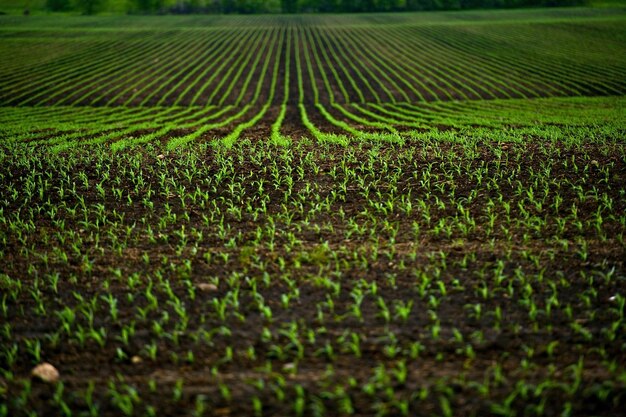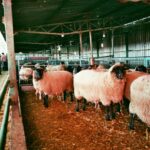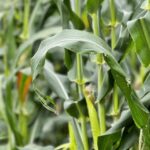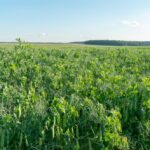Achieving optimal crop density and maximizing yield are crucial objectives for any farmer. Proper use of planting equipment plays a significant role in meeting these goals. By leveraging advanced machinery and adhering to best practices, farmers can enhance precision, reduce waste, and increase productivity. This article outlines key strategies for using planting equipment effectively to boost crop density and yield.
1. Select the Right Planting Equipment
The first step in maximizing crop density and yield is choosing the appropriate planting equipment for your specific crop and farming conditions. Common options include seed drills, planters, air seeders, and broadcast spreaders. Consider factors such as soil type, seed size, and crop variety when selecting equipment. For precision planting, modern planters with GPS and automated row-spacing features are ideal.
2. Calibrate the Equipment
Calibration ensures that seeds are distributed evenly and at the correct depth. Improper calibration can lead to uneven germination, affecting both density and yield. To achieve optimal results:
- Test the equipment before planting to ensure it is dispensing the right amount of seed.
- Adjust settings based on seed type, size, and weight.
- Check for proper spacing between rows and individual seeds.
3. Prepare the Soil
Healthy soil is the foundation of high-yield crops. Proper soil preparation enhances the performance of planting equipment and ensures uniform seed placement. Steps include:
- Tilling the soil to remove weeds and improve aeration.
- Leveling the field to avoid waterlogging or uneven planting.
- Testing soil pH and nutrient levels, and amending as necessary with fertilizers or lime.
4. Monitor Planting Depth and Spacing
Consistent planting depth and spacing are critical for achieving optimal crop density. Seeds planted too shallowly may dry out, while those planted too deeply may struggle to emerge.
- Use planting equipment with adjustable depth controls to ensure seeds are placed at the recommended depth for your crop.
- Maintain uniform spacing to minimize competition for nutrients, sunlight, and water.
5. Optimize Planting Speed
Planting too quickly can lead to uneven seed distribution and reduced precision, while planting too slowly may delay crop emergence. Modern planting equipment often includes sensors and monitors that help farmers maintain an optimal speed for consistent planting. Follow the manufacturer’s guidelines for operating speed based on your equipment and field conditions.
6. Leverage Precision Agriculture Technology
Precision agriculture technologies, such as GPS, sensors, and variable-rate planting systems, can significantly enhance crop density and yield. These tools allow for:
- Accurate seed placement and spacing.
- Adjustments to planting rates based on soil conditions and nutrient availability.
- Reduced waste and optimized use of resources.
7. Maintain the Equipment
Regular maintenance ensures planting equipment performs reliably and efficiently. Key maintenance tasks include:
- Cleaning seed bins, tubes, and mechanisms after each use.
- Lubricating moving parts to reduce wear and tear.
- Checking for damaged components such as broken discs or bent tines, and replacing them promptly.
8. Adjust for Environmental Conditions
Weather and soil moisture can impact planting success. Plant when soil conditions are optimal—typically when the soil is moist but not waterlogged. Avoid planting during heavy rains or extreme dryness, as this can hinder germination and early growth.
9. Conduct Trial Runs
Before planting the entire field, conduct trial runs to identify potential issues with equipment settings, seed distribution, or soil conditions. Make necessary adjustments to ensure optimal performance across the entire field.
10. Monitor and Evaluate Outcomes
After planting, monitor crop emergence and density to assess the effectiveness of your planting strategy. Use this information to refine your approach for future planting seasons.
Benefits of Proper Use of Planting Equipment
- Enhanced Crop Density: Uniform seed placement leads to consistent plant spacing, reducing competition and improving plant health.
- Increased Yield: Proper planting techniques maximize the potential of each seed, resulting in higher overall productivity.
- Reduced Costs: Efficient equipment use minimizes seed waste and optimizes resource utilization, saving time and money.
- Sustainability: Precise planting reduces environmental impact by conserving inputs like seeds, water, and fertilizers.
By understanding and applying these principles, farmers can maximize the potential of their planting equipment to achieve superior crop density and yield. Investing time in preparation, calibration, and maintenance will pay off with healthier, more productive crops and increased profitability.
Join 'Farmers Mag' WhatsApp Channel
Get the latest Farming news and tips delivered straight to your WhatsApp
CLICK HERE TO JOIN






